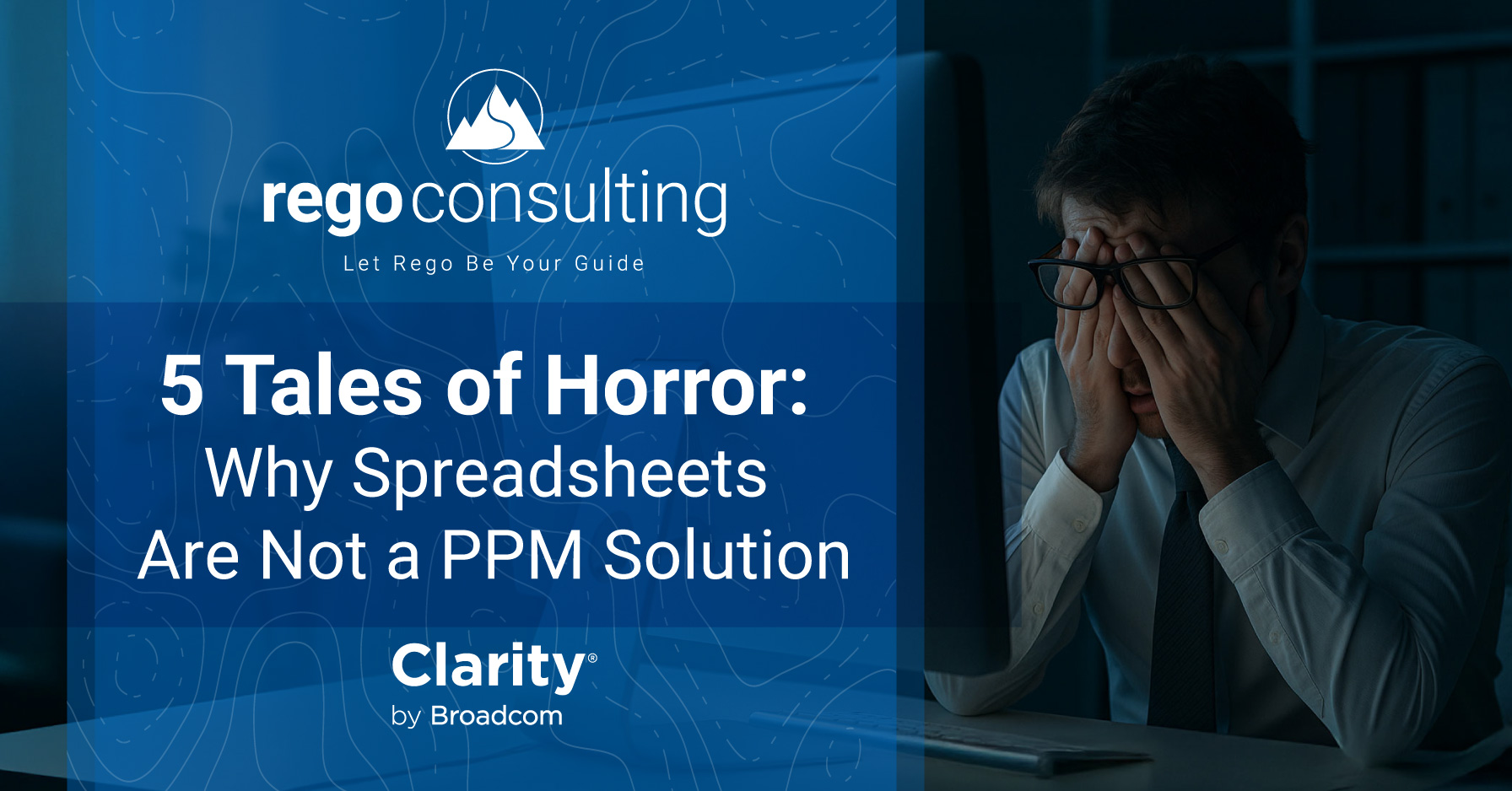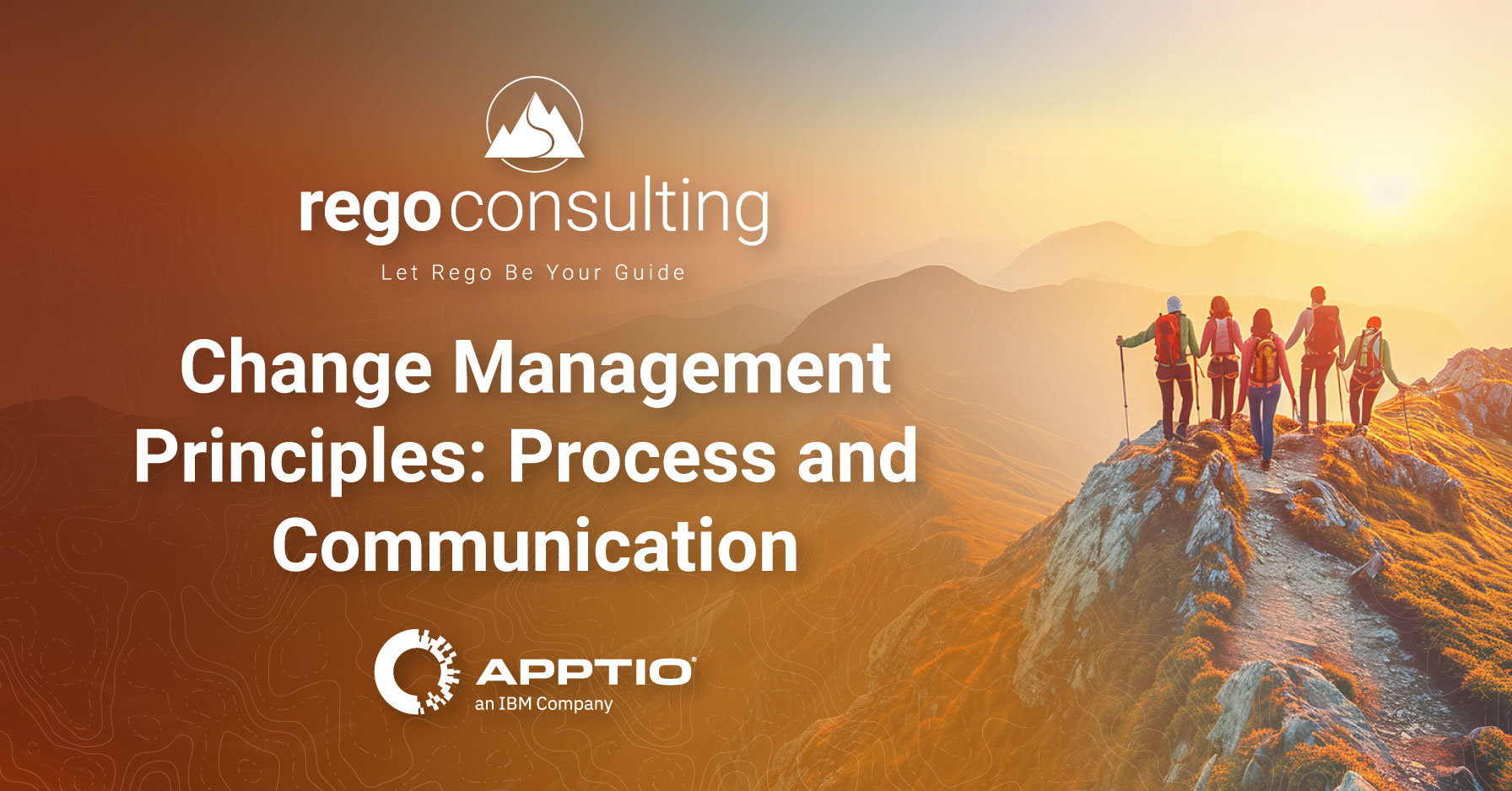If you read The State of the PMO 2014, you already know that 43% of Best-in-Class organizations have a Project Management Office (PMO) run by contractors. To tell us what special skills contractors employ, we have Wendy Kraly, regoProcess Practice Director, back to discuss the strategies she uses to manage PMOs.
The last time we had Wendy on, she told us PMO success boils down to three strategies, and the first is dedicated, executive sponsorship. Wendy’s second strategy, described below, will give you one more key to making your new PMO venture a success.
Creating Major PMO Impact with Relationships
The second characteristic of successful PMOs might surprise you, and its impact is huge.
“Relationships,” said Wendy. “It’s entirely about relationships, and I’m not talking about having your sponsor on-board. That’s important, but more specifically, you need people to trust you—to really trust you—and respect you.”
“Of course, building strong relationships contributes to the success of any project, but it’s critical for PMO implementations,” said Wendy. “You need to have that support across all levels from senior leaders to end users. Any stakeholder that’s involved—anyone the PMO will impact—requires a relationship, built from the beginning.”
 PMO Relationships Give You Current State Assessments
PMO Relationships Give You Current State Assessments
“If you’re new to an organization,” said Wendy, “it’s imperative to connect yourself with someone who knows the organizational culture.”
Anytime regoProcess begins work with a new client, this connection is key.
“We talk,” said Wendy. “What’s working? What’s not working? People tell me their teams are over-allocated or working too much or not working on the right things.”
“The input that we hear during an assessment can be a challenge,” said Wendy. “They might be really resistant to the PMO. They may feel strongly that it’s overhead or red tape. Simply listen and connect. Don’t be quick to give them answers.”
“Your goal is to understand the pain points and current challenges, so you can incorporate organizational change management from PMO inception through continuous capability improvements,” said Wendy.
Think of your strategy as starting a PMO culture-change through the simple act of listening.
Develop a Road Map | Show Users They’re Heard
Ultimately, your goal is to build the users into champions of the PMO with a strong road map.
“The relationships and the listening build your position. The listening gives you a road map, and the pain points are your target areas,” said Wendy.
“Transforming attitudes and behavior happens naturally when users know they’ve been heard, and you prove they’ve been heard by incorporating something they’ve said into your plan.”
An example of addressing pain points could include helping mentor or manage projects for groups. It might also include helping users communicate better across their project or creating better plans for resource and time management.
“PMOs have different functions. What you’re doing is actively choosing functions that meet the needs of the individuals,” said Wendy.
Communication through Steering Committees or Cross-Functional Teams
“It depends on your organizational needs, but you should meet with your cross-functional team on a regular basis,” said Wendy, “and meetings should never have surprises.”
Communicate regularly with this team, which may be your formal Steering Committee or informal cross-functional group of stakeholders.
“It’s important to make sure all team members know the meeting details ahead of time. Get to them one-on-one,” said Wendy. “It goes back to relationships and listening. If there’s going to be change that may be perceived as bad news, you want to diffuse anxiety before the meeting.”
“That’s how you do PMO meetings well,” said Wendy. “Ensure you’re being proactive, so the meeting itself actually contributes to forward movement for the PMO.”
PMO Relationships Create Genuine Urgency
“It’s through relationships that you establish genuine PMO credibility and urgency, so you can standardize PPM best practices across your organization,” said Wendy.
By building strong relationships with senior managers, project leaders, and project resources at all levels, you’ll acquire in-depth knowledge of your organization and its resources.
Leveraging key relationships will allow you to choose appropriate functions and build a PMO road map with real power. As you move forward, you’ll maintain relationships and PMO trajectory by staying in communication before formal meetings.
—–
As we said earlier, there are three things you absolutely must have to make a PMO thrive.
The first is Executive Sponsorship. The second is Stakeholder Relationships. We’ll get Wendy Kraly back soon to explore the last major strategy.
How have stakeholder relationships supported your PMO? We’d love to hear about it in the comments.
Join our mailing list below.
Wendy Kraly, regoProcess Practice Director, is also a Senior PPM process architect. She has over nineteen years of diverse experience and a background that includes project and portfolio management, program management, project office development and management, and organizational change and process improvements–serving in both the public and private sectors. Wendy holds an MBA as well as PMP, Six Sigma Green Belt, and ITIL Foundations certifications. She resides in Wisconsin with her husband and two dogs where she enjoys outdoor activities like hiking, kayaking, and snowshoeing.


 PMO Relationships Give You Current State Assessments
PMO Relationships Give You Current State Assessments 










